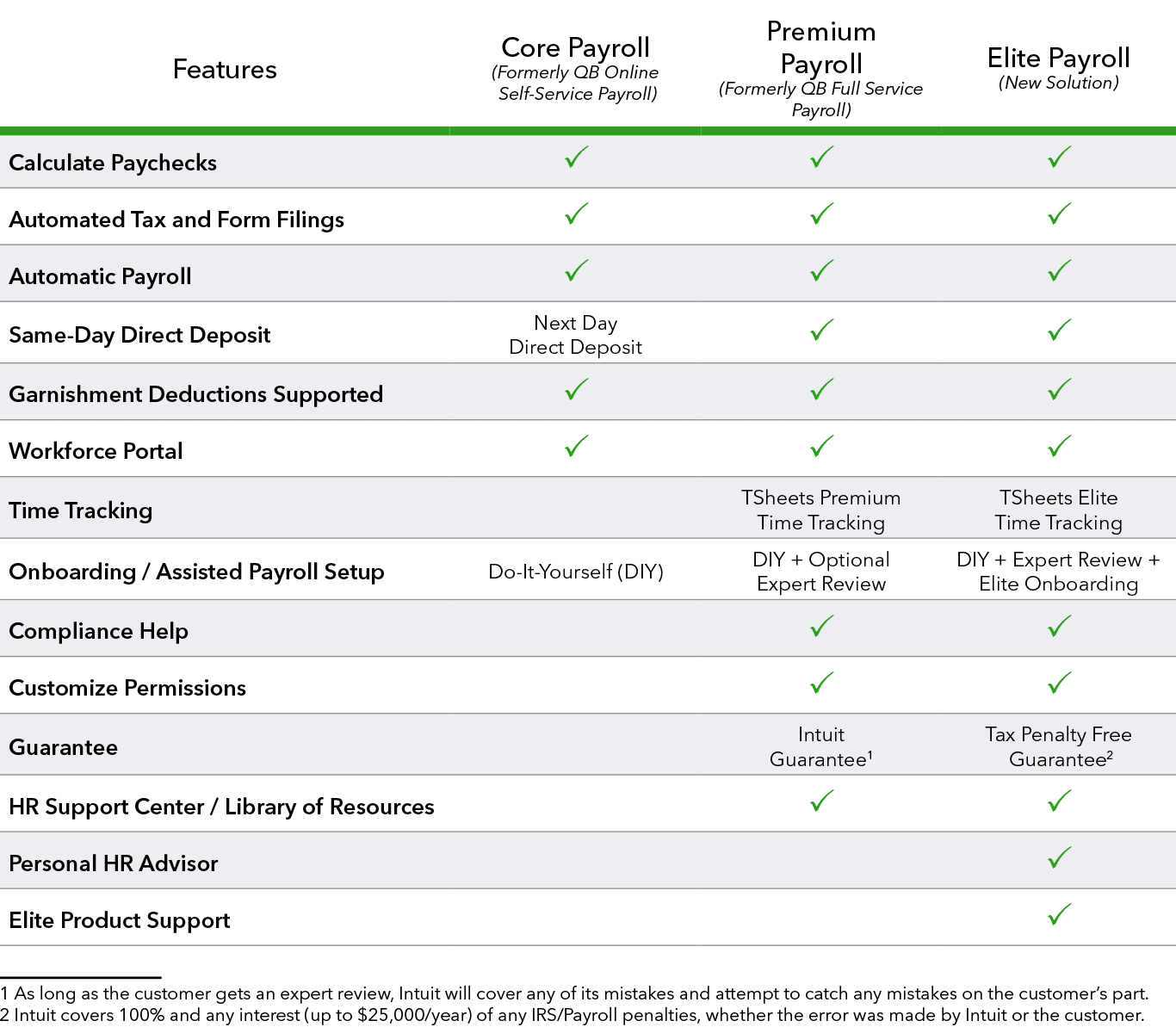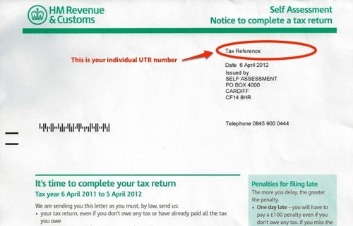When the job is accredited, you can switch its time entry to QuickBooks manually or let the platform automatically do it in accordance with your assigned schedule. Now, match up the time record data so it’s sent to QuickBooks proper classes, tasks, and customers. User Reviews🌟 It has a score of four.8 out of 5.zero on both G2 and Capterra. Additionally, see our desk below that highlights the traits of each provider most business owners select from. This refers to a feature whereby an employee is paid multiple rates for numerous jobs they carry out for the enterprise.
Ultimately, we chose Gusto as our top pick because it provides a plethora of options at a very inexpensive price. The best techniques are simple sufficient you could addContent new joiner information as quickly as, and the system carries it forward routinely. A clear, intuitive interface means HR can spend extra time supporting folks and less time troubleshooting software program. As your organization payroll software that integrates with quickbooks online grows, payroll can become increasingly advanced, with new pay schedules, benefits, and compliance requirements. Scalable software can handle that growth without forcing you to change platforms. The finest payroll software can maintain running easily whether you’re paying 10 individuals or 10,000.
Gusto
Below are a variety of the most necessary options to look for in HR software program that integrates with QuickBooks. Deputy excels in employee scheduling and time monitoring by providing features similar to automated scheduling, real-time attendance monitoring, and compliance with labor laws. This makes it the best choice for companies that have to handle complicated schedules and guarantee correct time tracking.
Patriot is a payroll and accounting software program provider for small companies. It supports various pay frequencies, off-cycle payroll choices, and can be custom-made per firm. The platform ought to be capable of process funds for as much as 500 group members. Papaya International is a worldwide payroll and funds platform designed for enterprises managing international workforces across 160+ nations. It focuses on unifying payroll and funds through its proprietary Workforce OS, which consolidates world payroll data into a single platform. The company is licensed as a financial establishment and processes payroll payments by way of dedicated cost rails.
Paylocity operates as a Registered Reporting Agent with the IRS in all 50 states, Puerto Rico, Virgin Islands, and Guam. It helps with automatic payroll processing, tax calculations and filings, compliance administration, and time and attendance monitoring. They additionally supply entry to real-person help from payroll and HR professionals. QuickBooks On-line payroll software program integrations permit companies to streamline payroll processes, scale back errors, and guarantee compliance with ease. Automated payroll integration reduces entry errors by eliminating manual information entry, enabling correct tax filings and real-time financial insights. This seamless connection saves time and provides the tools wanted to concentrate on growing your corporation.
Sage Folks
- Square’s payroll solution is user-friendly and plans embrace limitless pay runs per 30 days.
- OnPay vs Paychex FlexPaychex Flex is designed for companies on the lookout for comprehensive HCM options.
- It reduces the time you spend on guide tasks and keeps your information clear and ready for evaluation.
- Workday supplies an enterprise-grade payroll platform constructed on a unified HCM.
- The payroll report should embrace bank transactions, deductions, taxes, and paid day with out work.
Whether Or Not you are looking to streamline your payroll operations, enhance accuracy, or reduce compliance dangers, we’re here to help you find the right payroll software for your corporation wants. The only downside for QuickBooks is its rating on the Better Business Bureau. Currently, it holds an “NR” ranking together with some alerts for “government motion” for “actions involving enterprise marketplace conduct.” Nevertheless, outdoors of the BBB, the company has a solid status. Reviewers and tech bloggers are significantly impressed with the ease of use for QuickBooks payroll software with the common ranking for the company coming in around 4.three stars out of 5. Most of the optimistic evaluations say that this system is easy and user-friendly. There are a number of complaints in regards to the customer service at QuickBooks, however overall, the consensus is that this program could be very beginner-friendly for businesses looking to improve payroll.
Many modern payroll software options are designed to streamline payroll processing, cut back errors, and ensure compliance with ever-changing tax laws and rules. By investing in reliable payroll software, you probably can decrease the chance of pricey mistakes and penalties, while maximizing efficiency and accuracy in your payroll operations. QuickBooks Payroll, developed by Intuit, stands out as an exceptional application tailor-made for small companies to streamline worker payroll management. Whereas it’s optimized for managing payroll for up to 50 staff, it may possibly deal with payroll tasks for as much as one hundred fifty employees efficiently.
Features
In this guide, we’ll compare some of the high payroll software platforms. You’ll see how each streamlines payroll, improves accuracy, and adapts to the wants of your small business. The price of integration can vary depending on the HR software program provider and the particular options required.

This contains quickly creating an account, getting into revenue data mechanically, and including different demographics. For small and medium-sized businesses, there is also HR software called InStaff. It actually is a replacement in your dear HRMS and different options, corresponding to worker self-service software program. Lowering the workload required to finish administrative activities is the software’s main goal. Phrases, circumstances, pricing, special options, and repair and help options topic to vary without discover.

It has a selection of https://www.quickbooks-payroll.org/ capabilities, including time monitoring, non-public worker recordsdata, pay stub viewing, time off requests, and file storage for documents. Regardless Of being most well-known for its bookkeeping software, QuickBooks additionally provides numerous accounting and financial solutions for small companies. Be Taught how to get arrange, pay your staff, find HRsupport and benefits, and sync with accounting soyou can handle everything in one place. Built-in reviews give a clear view of payroll prices, taxes, and benefits in actual time. Instead of pulling numbers from a quantity of spreadsheets, HR and finance leaders can see precisely where cash goes and share audit-ready reports in minutes.


